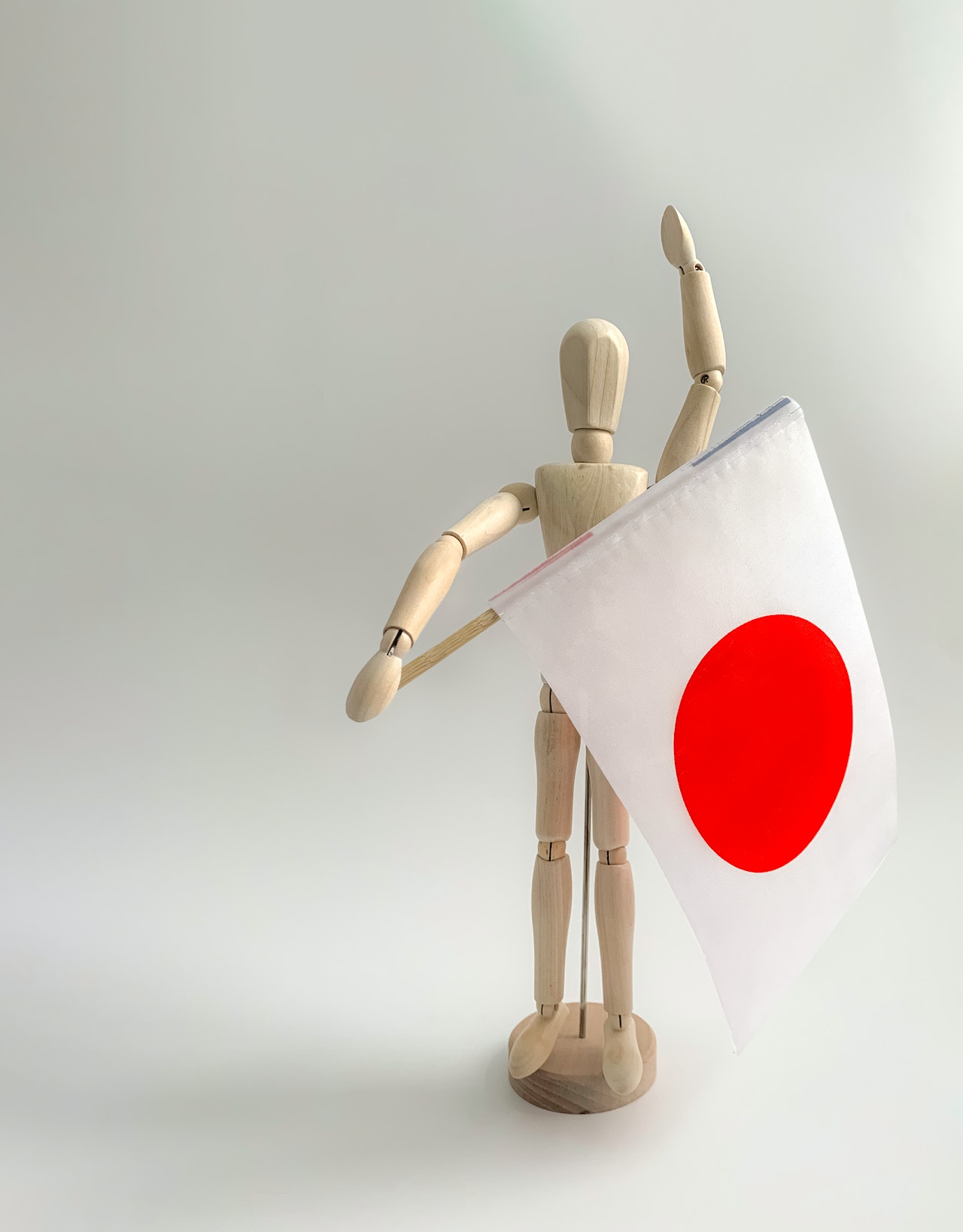Exports of Japan have registered a significant decline in July, marking the first contraction in nearly two and a half years. This slump has been attributed to weakened demand for light oil and chip-making equipment, signaling potential global recession risks. The latest data released by the Ministry of Finance underscores growing apprehensions about a worldwide economic downturn, particularly as key markets like China show signs of faltering demand.
The data released by the Ministry of Finance of Japan reveals a year-on-year exports decline of 0.3% in July. This result contrasts with economist expectations, as a Reuters poll had predicted a milder 0.8% decrease. This unexpected dip in exports has raised concerns, especially when combined with recent indications of diminishing demand in crucial sectors. Japanese manufacturers are bracing for a decline in core orders during the current quarter, partially due to lackluster offshore demand.
Japan’s policymakers had been relying on exports to buoy the country’s economy, compensating for the impact of reduced private consumption due to escalating prices. However, the current situation has raised alarms, as global economic slowdown signs become more pronounced and China’s growth trajectory wavers. The World Bank’s warning about the potential adverse effects of elevated interest rates and stricter credit conditions on global growth in 2024 further adds to the prevailing sense of uncertainty.
Exports to China, Japan’s largest trading partner, have not escaped this downward trend. Data indicates a sharp year-on-year decrease of 13.4% in July, with shipments of cars, stainless steel, and microchips experiencing substantial drops. This follows a 10.9% decline in June. In contrast, exports destined for the United States surged by 13.5%, buoyed by shipments of electric vehicles and automotive components.
The recent collection of data accentuates the predicament faced by the Bank of Japan. Striking a balance between the normalization of monetary policy and the potential risks arising from the external slowdown proves to be a challenging task. The Bank’s decision to maintain its yield curve control (YCC) targets in July while allowing long-term interest rates to rise in tandem with increasing inflation and growth is indicative of this delicate balancing act.
While Japan’s core machinery orders experienced a modest 2.7% rise in June compared to the previous month, manufacturers foresee a decline of 2.6% in the July-September quarter. While net exports may provide a slight uplift in the third quarter, experts anticipate a notable deceleration in GDP growth.
These figures collectively contribute to the ongoing uncertainty in the global economy, posing a substantial challenge for prudent policymakers. The task at hand involves navigating the dual risks of mounting inflation and dwindling exports. The juxtaposition of stagnant export growth and escalating concerns about an impending global recession presents a formidable challenge for Japanese policymakers as they strive to stimulate the economy’s waning demand.
As Japan’s policymakers grapple with these daunting economic realities, their path forward appears increasingly complex. The need to reinvigorate the economy’s faltering demand while contending with the specter of a worldwide economic downturn underscores the challenging times that lie ahead.
Source: Reuters



